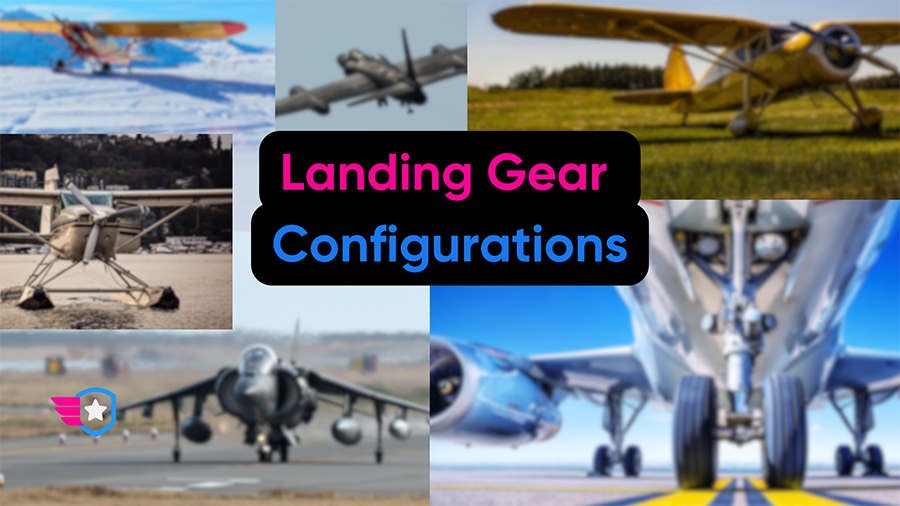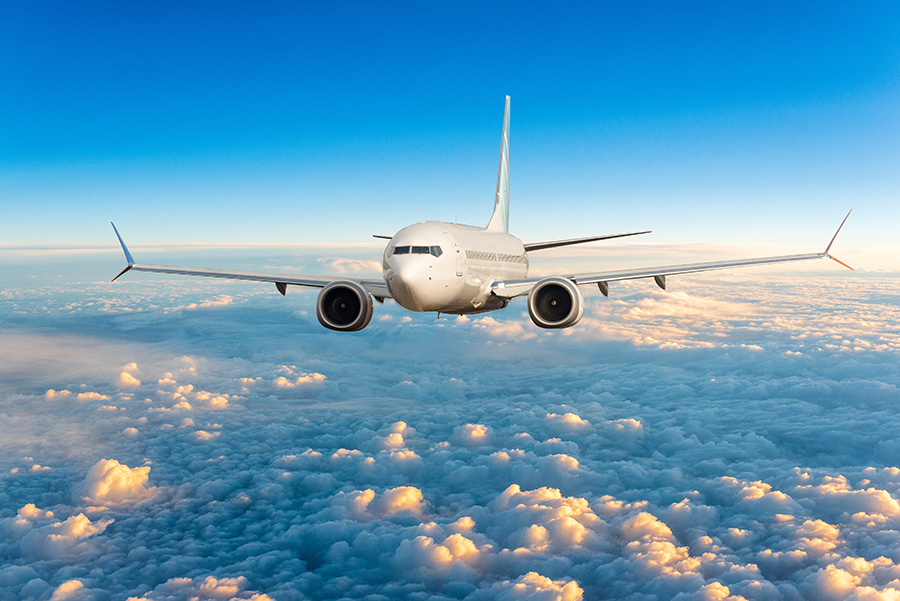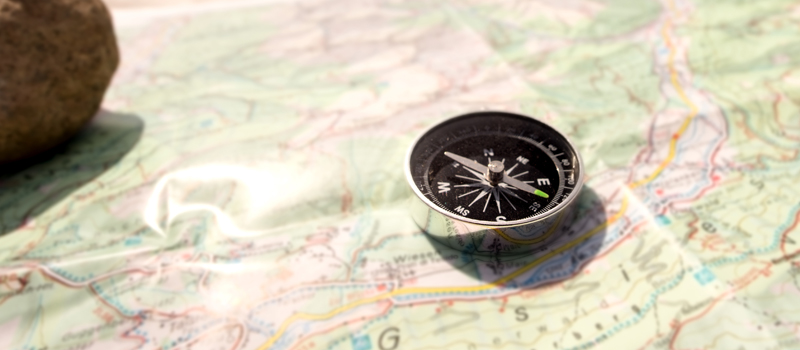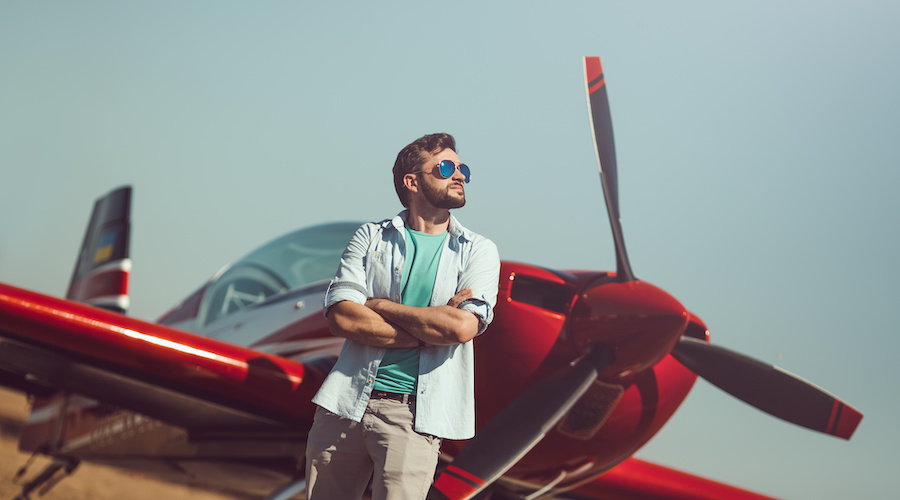Today, we’re diving into something that keeps us grounded – literally. Let’s take a look into the world of landing gear configurations.
Understanding landing gear configurations is not just about knowing what’s beneath your aircraft. It’s about grasping how these configurations contribute to your flight’s performance, safety, and overall flying experience.
From the popular tricycle arrangement to the classic taildragger setup, each configuration has its own set of features and uses.
Ready to become a landing gear guru?
The Basics of Landing Gear
Let’s start with the basics.
The landing gear is the undercarriage of an aircraft. It’s the structure that supports the aircraft while it’s not in the air. It’s the first to greet the runway when you land and the last to say goodbye when you take off.
The main components of landing gear include the shock absorbers, wheels, brakes, retraction mechanisms, and in some cases, the nose wheel steering system. These elements work together to bear the load of the aircraft during ground operations, provide traction, and ensure smooth and safe takeoffs and landings.
Different landing gear configurations can influence an aircraft’s performance and handling characteristics. They’re not just a set of wheels – they’re a crucial aspect of your flight journey.
Sometimes, they don’t use wheels at all…
Types of Landing Gear
Now that we’ve covered the basics, it’s time to delve into the diverse world of landing gear configurations.
The type of landing gear an aircraft sports is not a random choice. It’s determined by a variety of factors, including the aircraft’s intended use, design, and the environment it will operate. From the common tricycle arrangement to the unique floatplane setup, each type of landing gear has its own distinct features, advantages, and challenges.
Let’s start with the most widely used: the tricycle gear configuration.
Tricycle Landing Gear Configuration
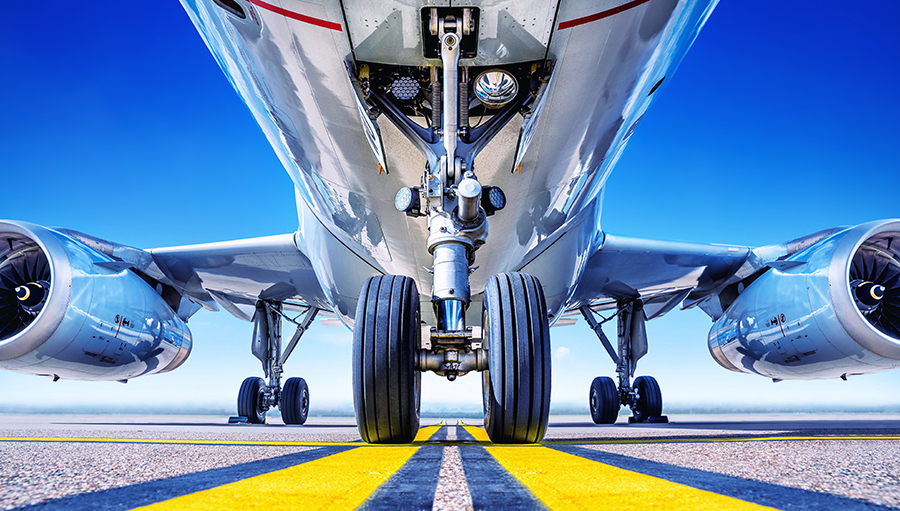
The tricycle landing gear configuration features two main wheels situated towards the rear of the aircraft and a single nose wheel at the front. It’s like a tricycle that you might have ridden as a kid, but with wings!
Tricycle gear is used on a wide range of aircraft, from small trainers like the Cessna 172 to large airliners such as the Airbus A320. This widespread use is due to its many advantages.
Firstly, tricycle gear provides excellent forward visibility during takeoff, landing, and taxiing.
Secondly, aircraft with tricycle gear is less likely to tip over on their noses during braking (like the taildraggers we’ll discuss next), a trait that adds to their stability on the ground.
Thirdly, the tricycle landing gear configuration provides easy access to the fuselage and cabin, a massive advantage for aircraft that carry passengers.
But it’s not all pros. One challenge with tricycle gear is that the nose wheel requires careful handling to prevent damage. On propeller aircraft, the tricycle gear configuration doesn’t provide much clearance between the ground and the propellers, making it less suitable for operations on unprepared runways (such as grass or dirt).
The tricycle landing gear configuration is a balanced blend of stability and usability, making it a top choice for many pilots and aircraft manufacturers.
Taildragger Landing Gear Configuration
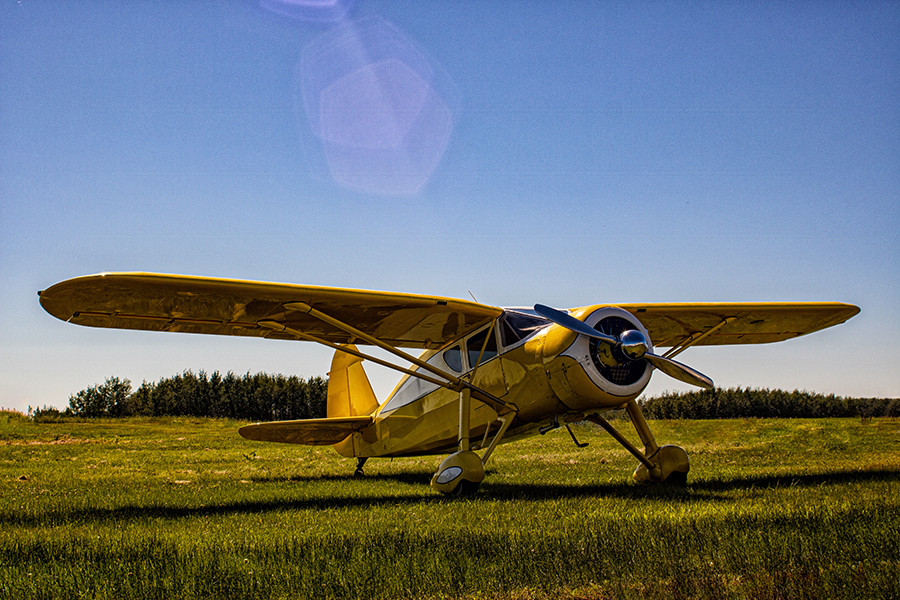
Let’s take a step back in aviation history and look at the taildragger landing gear configuration.
Unlike the tricycle setup, the taildragger configuration features two main wheels towards the front of the aircraft and a smaller wheel at the tail. This gives the aircraft a nose-up stance on the ground, hence the name “taildragger.”
The taildragger configuration is also known as the “conventional” configuration (because it came first).
You’ll find taildragger gear on many vintage aircraft, such as the Piper Cub, as well as on modern aerobatic and bush planes. It’s a favorite among aviation purists who enjoy its nostalgic feel and the unique piloting skills it requires.
One major advantage of taildraggers is their performance on unimproved runways. Their design is well-suited to rough, grassy fields and uneven surfaces, making them popular for bush flying and other off-airport operations.
However, taildraggers do pose some challenges. They require careful handling during takeoff and landing to prevent ground-looping, a situation where the aircraft spins around the main gear. Additionally, the nose-high stance can restrict forward visibility on the ground, requiring S-turns while taxiing.
Flying a taildragger requires a bit more skill and finesse, but the unique experience it offers can make it all worth it.
Tandem Landing Gear Configuration
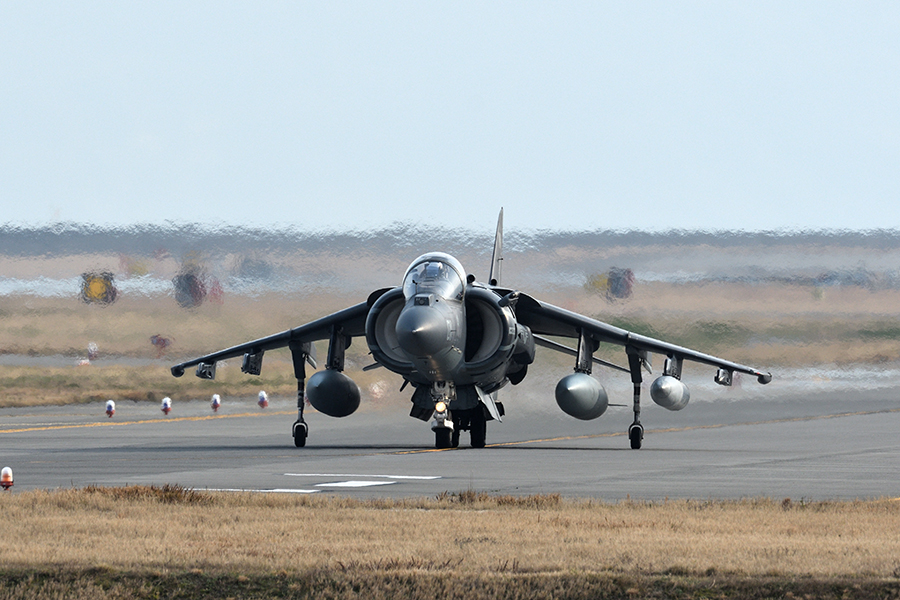
Next on our list is the tandem landing gear configuration, designed for aircraft with a narrow body or fuselage.
In a tandem setup, you’ll find two sets of wheels aligned along the centerline of the aircraft, one behind the other. This kind of landing gear looks a bit like a unicycle with an extra wheel, and it’s found on aircraft such as the U-2 spy plane and many gliders.
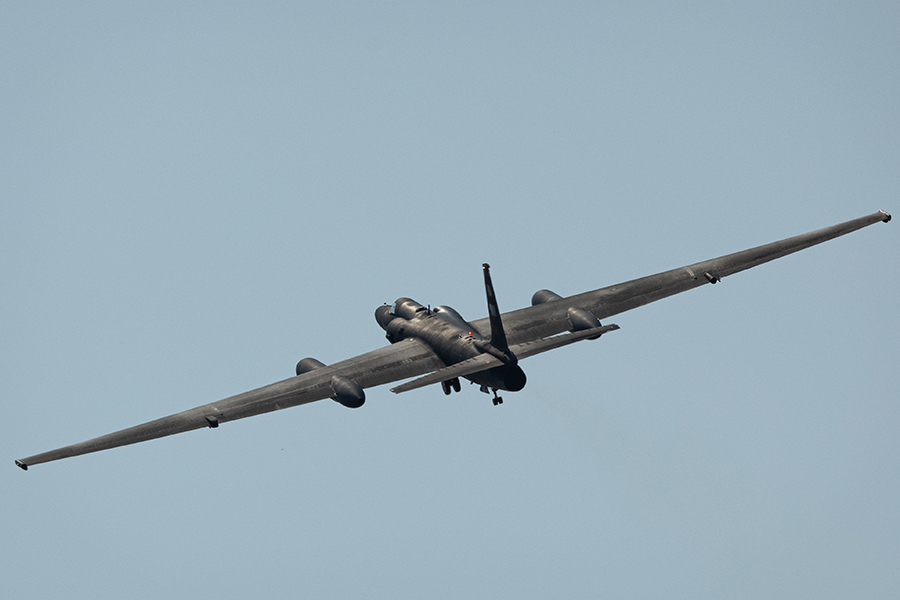
Tandem landing gear is ideal for aircraft that require a slim profile for aerodynamic efficiency or for fitting into narrow spaces, such as a glider. It’s also a good fit for aircraft designed for unique missions, like the high-altitude reconnaissance work of the U-2.
However, tandem landing gear presents its own challenges. It can make ground handling tricky, as there’s a tendency for the aircraft to tip to one side or the other. To counteract this, some aircraft with tandem landing gear have small outrigger wheels or skids on the wingtips.
While the tandem landing gear configuration may not be as common as tricycle or taildragger setups, it plays a vital role for specific aircraft designs and missions.
Floatplane Landing Gear Configuration
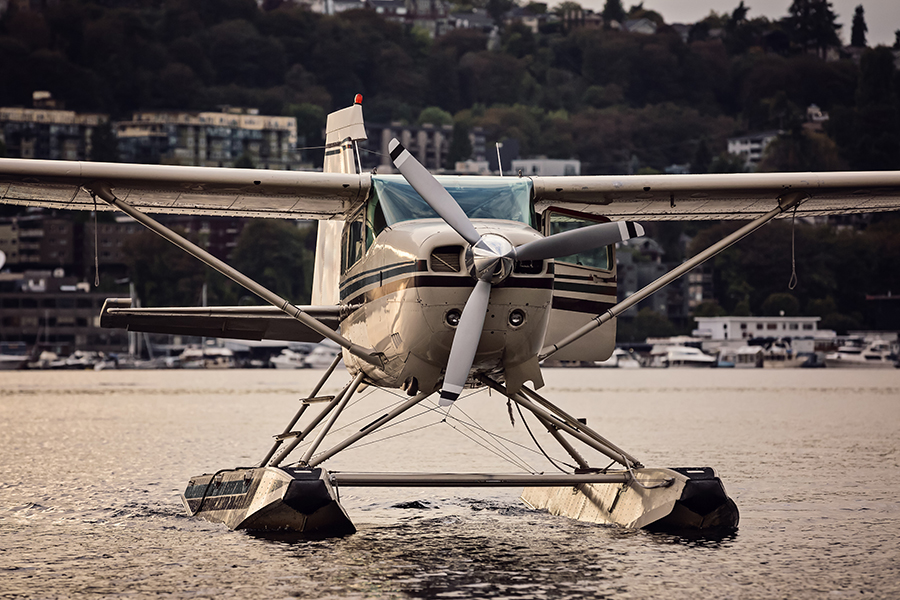
Let’s venture into the realm of water landings with the floatplane landing gear configuration.
Floatplanes, as the name suggests, feature large floats, or pontoons, in place of traditional wheels. These floats allow the aircraft to take off from and land on water, opening up a world of aquatic adventures. Iconic floatplanes include the de Havilland Beaver and the Cessna 208 Caravan on floats.
The ability to land on water is the massive advantage of floatplanes, making them ideal for operations in remote areas with ample lakes and rivers, or for leisurely tours in coastal regions. They’re also invaluable for search and rescue missions in marine environments.
But piloting floatplanes is a unique art. Landing on water presents new challenges, such as dealing with the effects of wind, waves, and currents. It requires specialized training to master these skills and to understand how to operate safely around docks and other waterborne traffic.
Floatplane landing gear also comes with increased maintenance due to the corrosive effects of water, particularly salt water. Additionally, their performance in the air is generally less efficient due to the increased drag from the floats.
Floatplanes offer a unique twist to the flying experience. With their special landing gear configuration, they unlock a whole new world of flying possibilities.
Ski Landing Gear Configuration
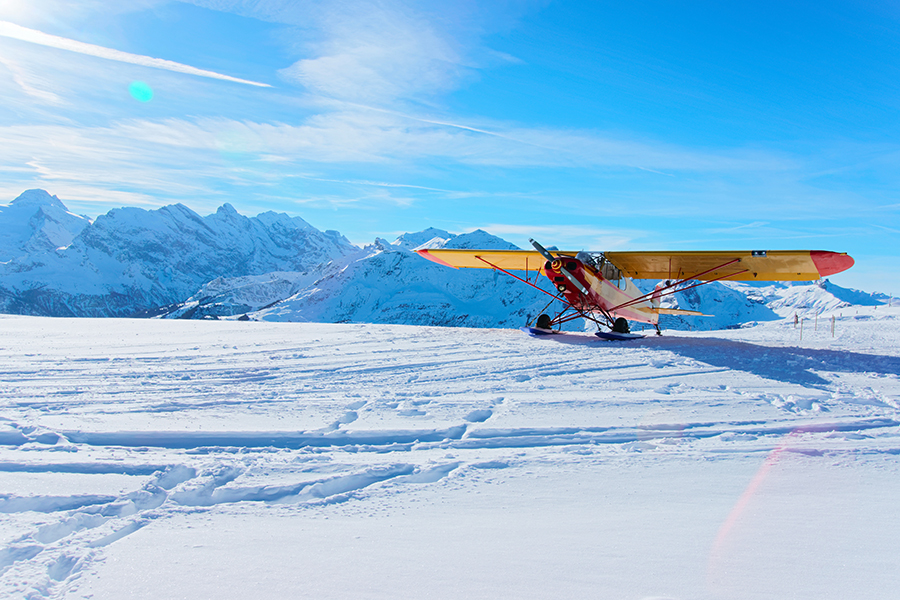
Let’s take a detour into the frosty world of snow-covered runways with the ski landing gear configuration.
Ski-equipped aircraft swap out traditional wheels for skis, enabling them to take off from and land on snow and ice. This is your ticket to winter wonderland adventures! Renowned ski-equipped aircraft include the de Havilland Canada DHC-2 Beaver and the Pilatus Porter.
The ability to operate from snow-covered surfaces is a significant advantage of ski planes. This makes them an excellent choice for pilots flying in icy, snowbound regions.
Piloting ski-equipped aircraft brings its own set of unique challenges. Snow and ice conditions can vary dramatically, affecting takeoff and landing performance. Pilots must learn to read these conditions and adjust their techniques accordingly.
Like floatplanes, ski planes require increased maintenance, particularly to manage the effects of cold temperatures and to keep the skis in good working order. In terms of performance, the skis can create additional drag, which affects the aircraft’s speed and fuel efficiency.
Most ski-equipped aircraft feature retractable skis around a set of traditional wheels, allowing the aircraft to operate from traditional runways, too.
The ski landing gear configuration offers an exciting avenue for pilots to explore. It opens up the winter landscapes as potential runways and makes every snowy field a new aviation adventure.
How to Choose the Right Landing Gear Configuration
Now that we’ve explored the diverse types of landing gear configurations, you might be wondering which one you should choose for your own airplane.
Choosing the right landing gear configuration depends on a few key factors.
Firstly, consider your intended use. Are you planning on doing short-field takeoffs and landings on unimproved runways? A taildragger might be your best bet. If you’re aiming for high-altitude, long-endurance flights, a tandem gear configuration could be the way to go. For those of you dreaming of landing on a serene lake nestled in the wilderness, floatplanes are your ticket to adventure. Landing on a snow-covered mountain? You better have skis!
Most aircraft are either tricycles or taildragger, so you’ll likely have a number of options between them.
Secondly, think about the skills you want to develop as a pilot. Each configuration requires a unique set of piloting skills and offers different challenges. Flying a tricycle gear aircraft can be a great starting point for novice pilots while mastering a taildragger or floatplane can hone your skills and add new dimensions to your flying experience.
Finally, don’t forget about maintenance. Different landing gear configurations have different maintenance requirements. For example, floatplanes require careful attention to prevent corrosion from water exposure.
Remember, there’s no “one-size-fits-all” answer here. The best landing gear configuration is the one that aligns with your flying goals, skills, and preferences. As you continue your journey in aviation, don’t be afraid to try different configurations and see which one truly lifts your spirit!
Conclusion
As you journey further into the thrilling skies of aviation, remember the significant role your landing gear plays. Whether you’re a seasoned pilot or an aviation enthusiast, appreciating the intricacies of these systems can enhance your understanding of airplanes and enrich your flying experiences.
So next time you climb into that cockpit, give a nod to the landing gear beneath you. After all, it’s what keeps you grounded and, at the same time, sets you free to explore the sky.
